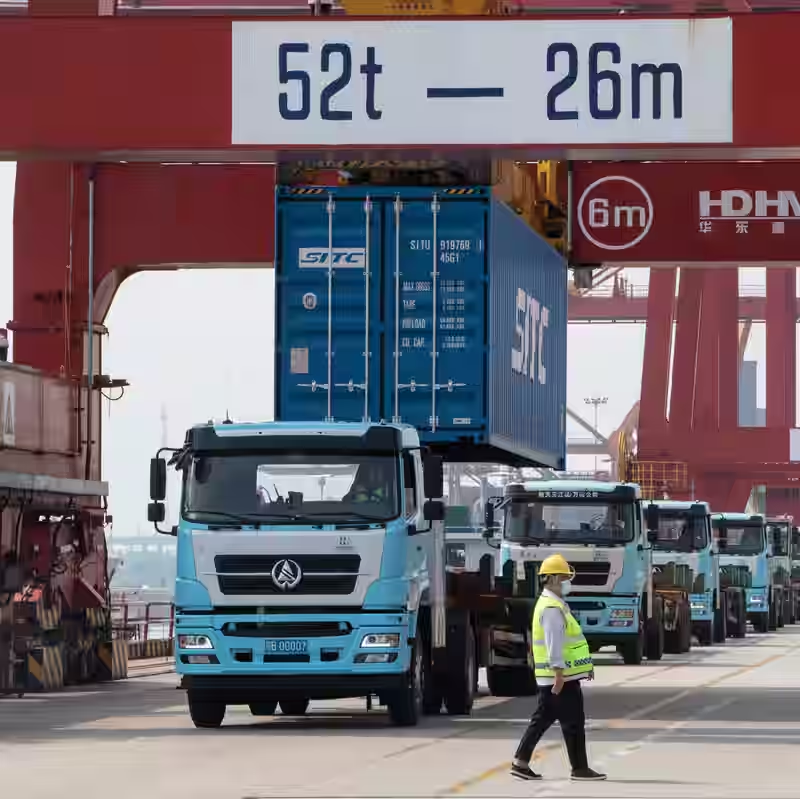U.S. Tightens Global Tech Grip with Sweeping Export Control Overhaul
In a major escalation of U.S. economic security policy, the Trump administration has closed a long-exploited loophole in its export control regime by expanding sanctions to automatically cover all majority-owned subsidiaries of companies on the U.S. government’s “entity list.”
What Changed?
Previously, only the specific company named on the entity list faced trade restrictions. Now, any subsidiary that is more than 50% owned by a listed parent will be subject to the same export controls—without requiring separate government action.
This move targets firms—particularly in China and Russia—that have sidestepped sanctions by shifting sensitive transactions to affiliated companies.
Key Impacts at a Glance
| Before the Rule | After the Rule |
|---|---|
| Only named entities restricted | All >50% owned subsidiaries automatically restricted |
| Loophole allowed sanctions evasion | “Diversionary schemes” blocked proactively |
| Manual listing of each subsidiary required | Automatic coverage saves enforcement resources |
Why It Matters
The change could affect tens of thousands of companies globally. According to the Center for a New American Security, 1,661 entities have been added to the list since 2022—many with sprawling corporate structures.
One high-profile example: Inspur Group, a Chinese tech firm tied to military supercomputing. After its parent was listed in 2023, U.S. firms quickly resumed business with its subsidiaries—until the Trump administration intervened again in March 2025. The new rule aims to prevent such workarounds permanently.
Industry Reaction: Compliance Chaos Ahead?
- Compliance burden: Smaller exporters without in-house sanctions teams now face complex due diligence demands.
- Global slowdown: Shipments may stall as companies scramble to map ownership structures.
- Criticism: Some experts warn firms can still dodge rules by reducing parent ownership below 50%.
Infographic: How the Entity List Works Now

Credit: The New York Times
International Fallout
China’s Ministry of Commerce condemned the move as “extremely egregious” and vowed “necessary measures” to protect its companies. Tensions are already high: just weeks ago, Beijing accused Nvidia of antitrust violations after the U.S. added Chinese chipmakers to the entity list.
The rule takes effect immediately for some firms, with full implementation in 60 days. It also extends to the “military end user” list and mirrors long-standing Treasury Department practices for financial sanctions.
For deeper analysis on U.S.-China tech tensions, see our coverage on [INTERNAL_LINK:export controls].




